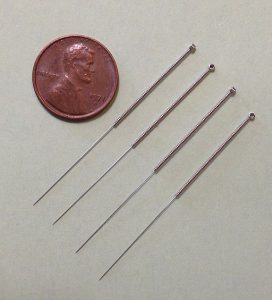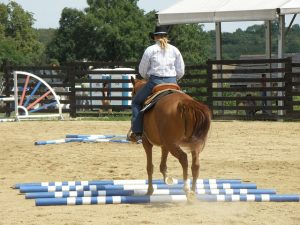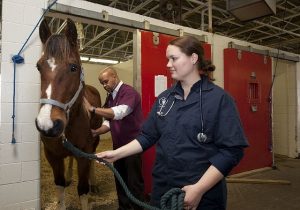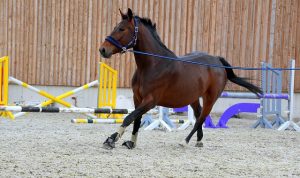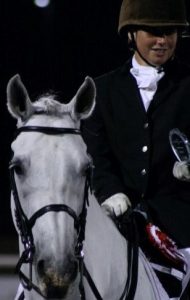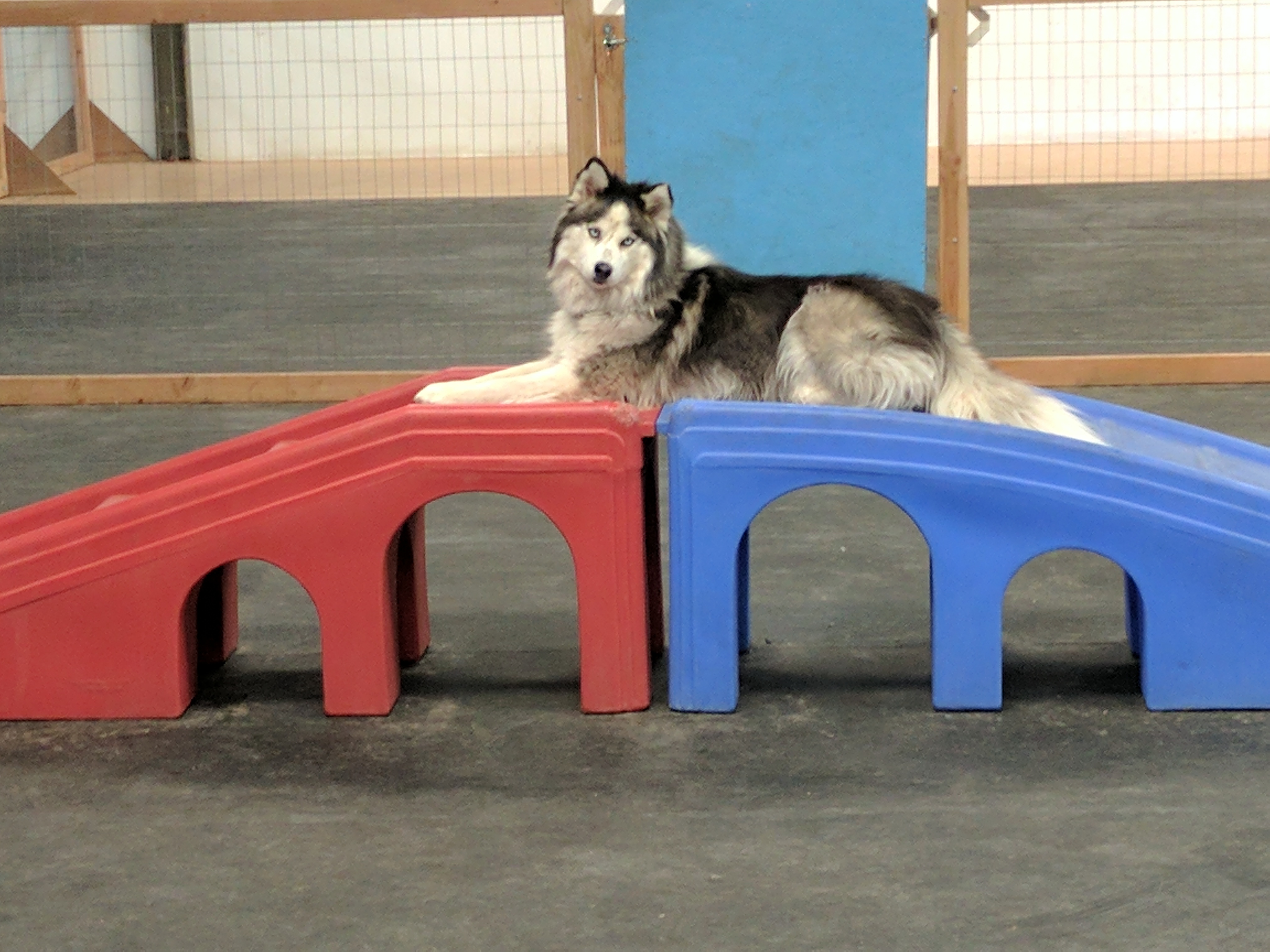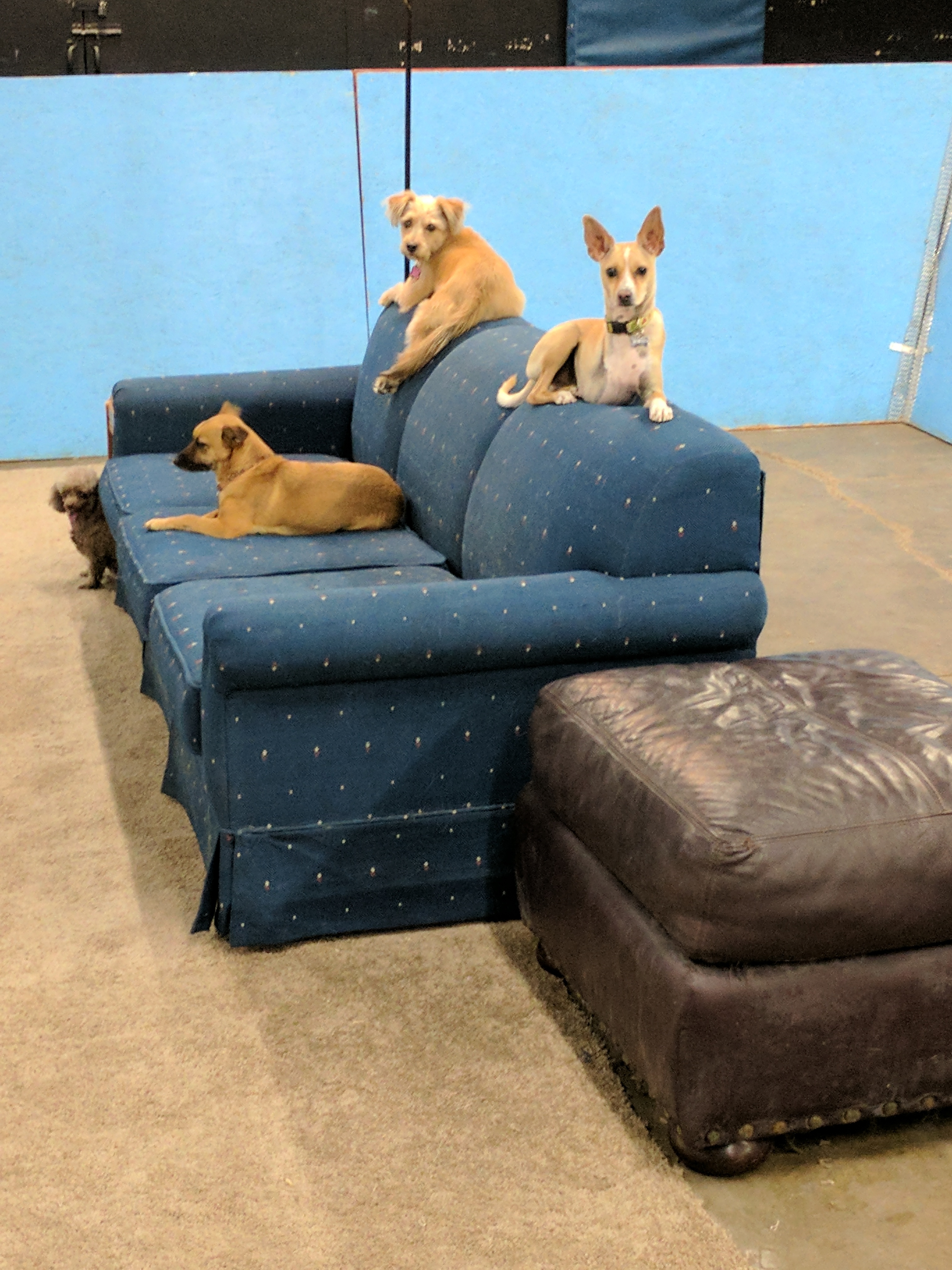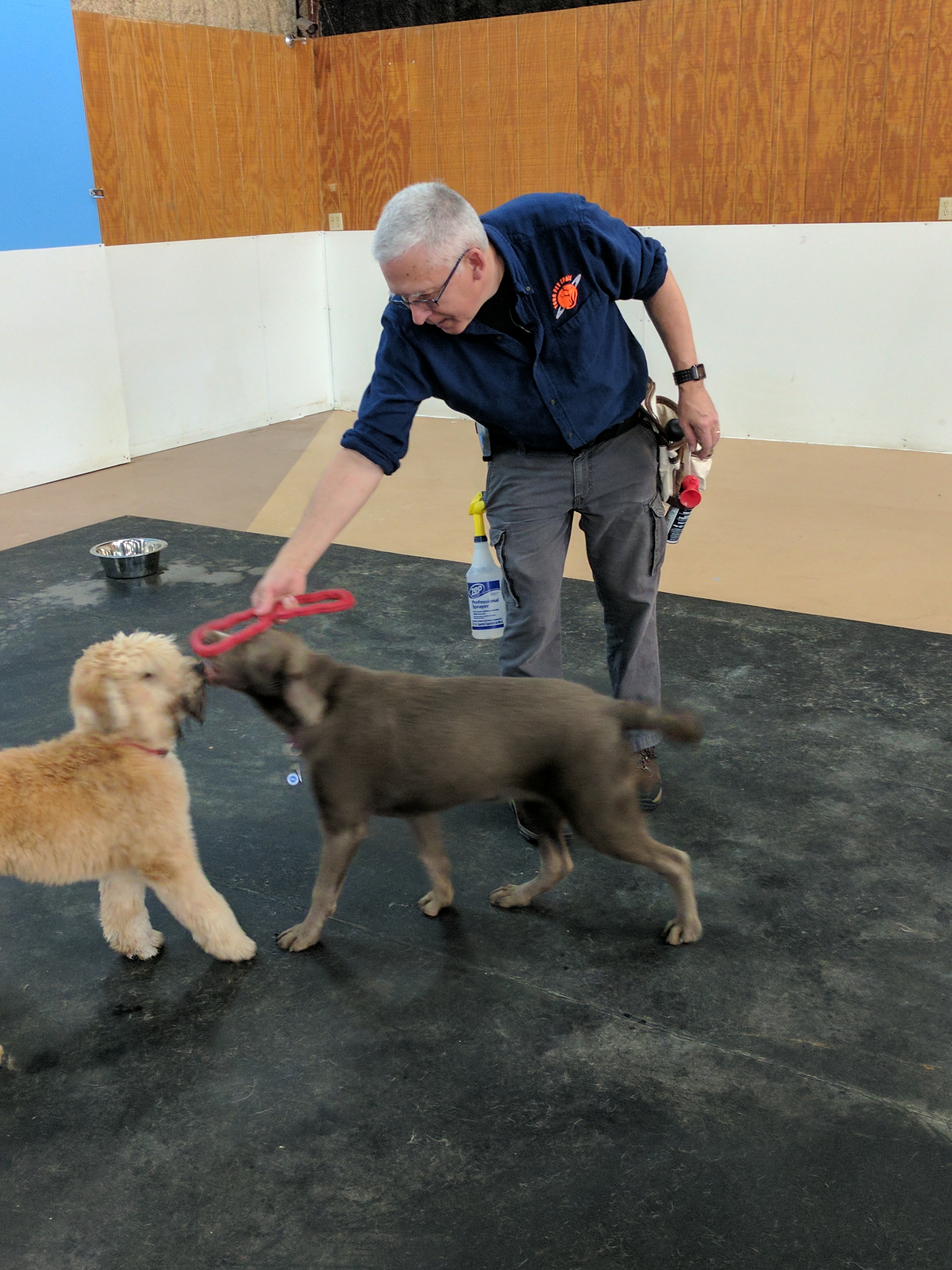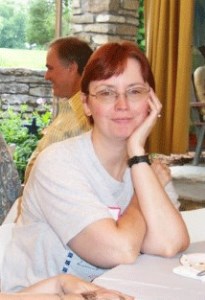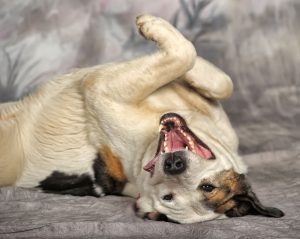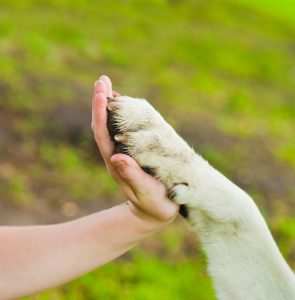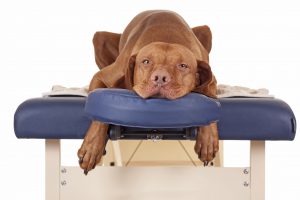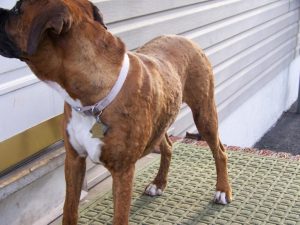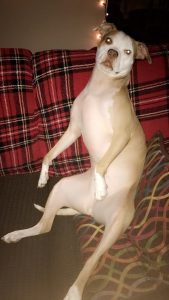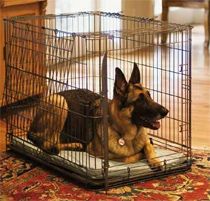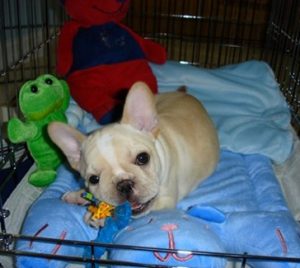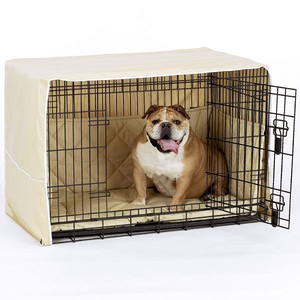Alternative therapies for horses are becoming increasingly more popular amongst owners, with many different choices now available. It should be remembered, though, that they should be used in conjunction, and not as a replacement, with traditional veterinary treatment and diagnosis.
Here is a look at three popular alternative therapies – acupuncture, chiropractic and equine sports massage.
Acupuncture
What is acupuncture?
Acupuncture was developed by the ancient Chinese over 3,000-years-ago and recognized as being an extremely useful treatment for a variety of conditions in horses. It involves the stimulation of certain points on the horse’s body (acupoints), where there are large amounts of nerve endings, blood vessels, and lymph nodes, helping to ease pain and treat or prevent disease.
When to use acupuncture
Most types of medical conditions combined with veterinary treatment can benefit from acupuncture. These include:
- Muscle soreness and stiffness
- Back pain
- Lameness
- Arthritis
- Navicular syndrome
- Tendon/ligament injuries
- Muscle, bone and joint injuries
- Digestive problems
- Respiratory conditions
- Neurological conditions
- Reproduction problems
- Weak immunity
It is generally not used for:
- Malignant tumours
- Fractures
- Infectious diseases
- Organ failure
Before treatment commences, the acupuncturist will ask about your horse’s symptoms and its usual daily routine. They will then check the tongue and carry out an examination of the whole body to identify trigger points.
The techniques of acupuncture include:
- Dry-needles: A thin, sterile needle is inserted into the acupoint. The needles are of various lengths and widths, and each one stimulates tiny nerve endings, sending messages to the brain to either ease the pain or send other hormones and chemicals to the body. It is often used with other acupuncture techniques.
- Electro-acupuncture: A long, dry needle is inserted and attached to a wire connected to an electro-acupuncture machine. Gentle electrical pulsations are delivered through the needle generating nerve stimulation and muscle contraction. This produces a more effective stimulation than a dry-needle alone, and is often used for sore backs.
- Hemo-acupuncture: Blood is drawn from the acupuncture point with a hypodermic needle. It releases heat from the body and is used for neurological conditions and to help boost the immune system.
- Aquapuncture: Liquid, usually Vitamin B12, sterile water, or saline solution, is injected into the acupuncture point, producing constant stimulation from the pressure. This is often used for soreness, back pain, and lack of energy, or for horses that will not stay still for usual needling.
- Moxibustion: The warming of an acupoint using the crushed, dried leaves of the herb Artemisia vulgaris (commonly known as mugwort), which is rolled into a cigar-like cylinder. It is burned and held over the skin or placed onto an acupuncture needle already inserted into the acupoint, stimulating the area. This is often used for treating arthritis.
- Tuina medical manipulation: The acupuncturist uses their hands and fingers, instead of needles, to apply constant pressure for 1 to 5 minutes on each acupoint. It is often used for joint conditions such as arthritis and for back problems and it can also assist the internal organs.
- Pneumo-acupuncture: Sterilised air is injected into the acupoint creating an air bubble within the tissues, stimulating the area. This is a useful treatment for muscle wastage.
- Laser stimulation: A painless laser beam is used instead of a needle to stimulate the acupoints difficult to treat areas such as the head and legs. It is held over the area for up to two minutes and has been proven to be as effective as needles.
Who should carry out acupuncture?
Acupuncture, by law, can only be carried out on a horse by a qualified veterinary surgeon trained in this practice. When performed correctly, it is extremely safe and often used alongside chiropractic treatment.
Chiropractic Treatment
What is chiropractic treatment?
Chiropractic treatment is concerned with problems related to the horse’s back and other areas of the body that may have caused misalignments to the spine.
The practice concentrates on the connection between structure (the vertebral column) and function (the nervous system). Horses were not made to carry a rider, so when they do, they use their muscles in an unnatural way. Correct schooling and a good, balanced rider can help strengthen the horse, but this isn’t always the case and it isn’t always enough, so problems often occur.
The chiropractor deals with vertebral subluxation complexes (VSCs) and will look for the underlying cause of the problem. By using quick forces to a joint or bone with their hands, the structures are brought back into alignment by the chiropractor, eliminating the source of the pain.
When to use chiropractic treatment
Often when a vet is unable to find the cause of a horse’s lameness, they will recommend the services of a chiropractor. Conditions related to the back can often be the reason for abnormalities in the gait.
Ridden horses, especially those in competition, are recommended to have routine checks so that any problems are discovered before they become a major issue.
Signs that your horse needs a chiropractor are as follows:
- When a horse has had a fall
- Changes in behaviour
- Showing resistance such as bucking, rearing and tail swishing
- Uneven gaits
- Stiffness
- Pinning ears back and biting when being saddled or groomed
- Holding tail to one side
- Difficulty performing lateral work
- Head tossing
- Bolting
- Asymmetrical in hips or shoulders
- Chronic weight loss
- Lameness
- Difficulty in picking up correct canter leads
Chiropractic treatment should not be carried out on a horse that may have a fracture as it could result in a greater injury.
Who should carry out chiropractic treatment?
Some vets are trained as equine chiropractors, offering their services in this area. Many chiropractors treat both humans and horses so can help the rider as well, as their posture may affect the way they ride their horse. Only use a chiropractor that is qualified and experienced, with an excellent reputation.
Before carrying out treatment, the chiropractor requires the history of the horse and gives the horse a full examination. They will first observe the standing horse, looking for any irregularities in its posture, asymmetry, discomfort indicators and muscle wastage.
Next, the spine will be scrutinized, looking for any heat or swelling, asymmetry, and structural abnormalities. Afterwards, the gait is analyzed, which is the most important part of the examination. The chiropractor assesses spine mobility and pelvic movement so they can distinguish between back pain and problems in the limbs. Lastly, a test is carried out for a full range of movement on each joint. The chiropractor may also want to see the horse ridden and may check the fit of the saddle and bridle.
Some chiropractors complement their treatment with other therapies such as acupuncture, massage, stretches, and infra-red lights.
Equine Sports Massage
What is equine sports massage?
Equine sports massage consists of manipulating the horse’s skin and muscles with the hands and fingers of a masseur.
The benefits are:
- Relieves tension
- Relaxes the muscles
- Develops muscle tone
- Increases and improves blood circulation
- Improves coat
- Allows more freedom of movement
- Eases pain
- Improves immunity
- Prevents injuries
During a session, each muscle is massaged separately using different techniques, and finished with stretches.
The methods employed are:
- Effleurage: This is always used first and last on the horse, using one or both hands, in a firm stroking motion, following the direction of the coat. Effleurage improves the venous and lymphatic flow and helps the horse relax.
- Petrissage: Compression using hands and fingers on the muscle. The two main techniques are kneading and finger compressions. With kneading, the hand is in a relaxed fist shape, making circular motions, on a large muscle mass range. Finger compressions target a specific area using the pads of the fingers in a circular motion. Petrissage is used to improve circulation and soften the muscle tissues.
- Tapotement: A double-handed technique employed in a quick and rapid way, using gentle contact on large muscle masses. The two techniques are hacking and clapping. Hacking involves the sides of the fingertips and hands and clapping requires the hands to be cupped. Tapotement improves circulation and muscle tone. It is a useful method for warming up the horse’s muscles before work, especially at competitions.
Passive stretches are carried out on the horse once the muscles are softened, depending on the patient’s needs. These are made slowly, helping to maintain the suppleness and flexibility of the horse’s muscles and range of movement. The masseur may show you how to do them yourself so that they can be done regularly after exercise when the horse’s muscles are warm.
Signs that your horse needs equine sports massage therapy include:
- Sore back
- Uneven gait
- Cold back
- Sensitive to grooming and saddling
- Knocking or refusing jumps
- Bucking after jumps
- Not staying straight over jumps
- Hollowing back
- Bucking and rearing
- Head shaking or tilting
- Tripping and stumbling
Regular massages and stretching, alongside correct riding and schooling, cansignificantly help and improve your horse’s health.
Massage should not be carried out if the horse is experiencing any of the following:
- Following an accident
- Colic
- Dehydration
- Skin problem
- Disease
- Cancerous areas
- Pregnant mare
- Open wounds
- Fractures
Who should carry out equine sports massage?
Your vet should either refer you to or recommend a qualified equine sports masseur once they have decided that this type of therapy is beneficial for your horse.
Unlike other treatments, massage looks at the whole horse. The masseur will carry out an assessment and will need to know your horse’s history. They will look at the confirmation and action, breed, type of work, teeth, and the horse’s feet and shoeing, along with a check of the saddle.
The masseur will watch the horse, lead in hand, walk and trot on a straight line and may also require seeing it lunged and ridden before treatment commences.
After the treatment, a good masseur will help you work out a training program for your horse which may consist of schooling, lunging, long reining and pole work alongside the massage therapy.
Picking the Right Procedure for You
You should always consult with your vet before making a treatment decision for your horse. Make sure to tell them all of your horse’s possible symptoms and they will help you figure out the best plan. If one of the treatment options discussed in this article stands out to you, take your horse to the vet and see what they suggest and if they can refer you to any licensed professionals in your area.
Alison O’Callaghan is a professional horse riding instructor and has owned many types of pets. When she is not riding horses or walking her dog, she loves to write about animals. If you’d like to contact Alison, you can email her at ocallaghan462@gmail.com.


